- Services
- Car Oil Change
- Car Suspension Repair
- Car Body Repair
- Car Electrical Repair & Check
- Car Sensor Repair
- Car Computer Programming
- Car Immobilizer Repair
- Car Alternator Repair
- Car Central Locking System Repair
- Car Starter Repair
- Car Battery Cable Replacement
- Car Electric Seat Repair
- Car Trunk Lock Repair
- Car Back Light Repair
- Car Light Repair
- Car Ignition Repair
- Car Battery Replacement
- Car Window Switch Repair
- Car Fuse Repair
- Car Check Engine Light
- Car Fuel System Repair
- Car Power Steering Repair
- Car Cooling System Repair
- Car Transmission Repair
- Car Brakes Repair
- Car Tyre Service
- Car Painting Service
- Car Engine Repair & Maintenance
- Brands
- Prices
- About Us
- Contact Us
- Services
- Car Oil Change
- Car Suspension Repair
- Car Body Repair
- Car Electrical Repair & Check
- Car Sensor Repair
- Car Computer Programming
- Car Immobilizer Repair
- Car Alternator Repair
- Car Central Locking System Repair
- Car Starter Repair
- Car Battery Cable Replacement
- Car Electric Seat Repair
- Car Trunk Lock Repair
- Car Back Light Repair
- Car Light Repair
- Car Ignition Repair
- Car Battery Replacement
- Car Window Switch Repair
- Car Fuse Repair
- Car Check Engine Light
- Car Fuel System Repair
- Car Power Steering Repair
- Car Cooling System Repair
- Car Transmission Repair
- Car Brakes Repair
- Car Tyre Service
- Car Painting Service
- Car Engine Repair & Maintenance
- Brands
- Prices
- About Us
- Contact Us
Car Power Steering Belt Replacement in Dubai
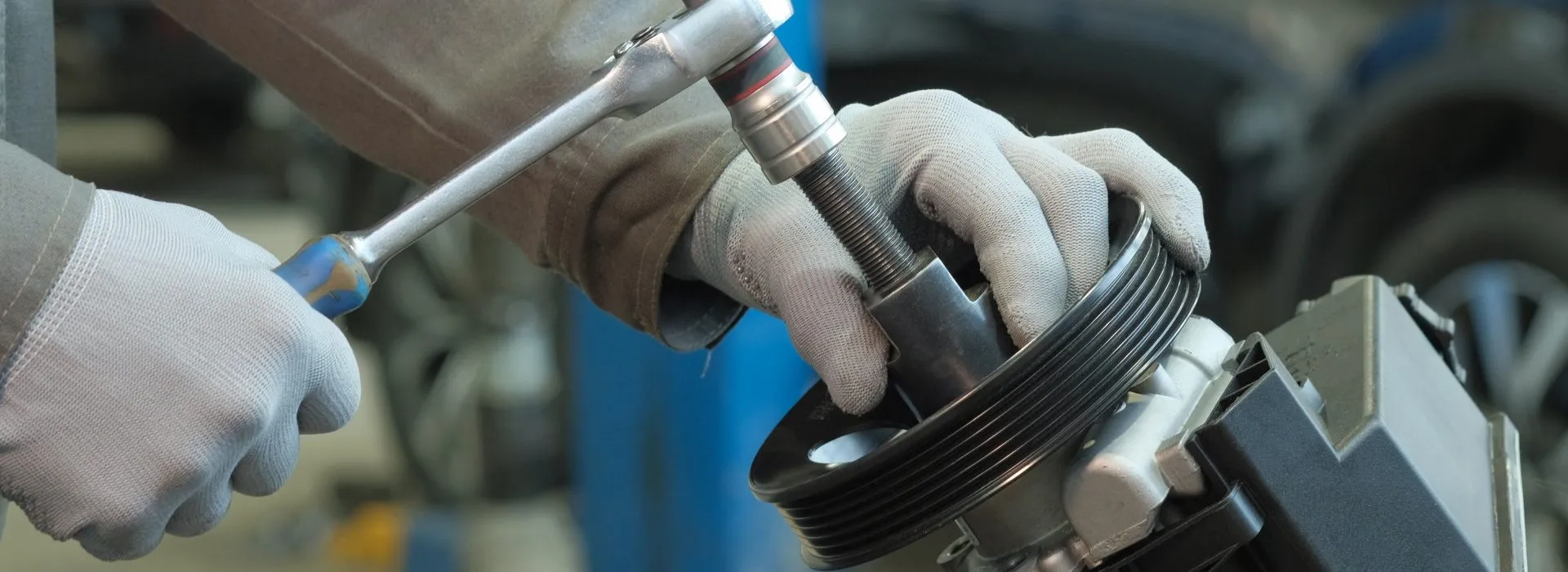
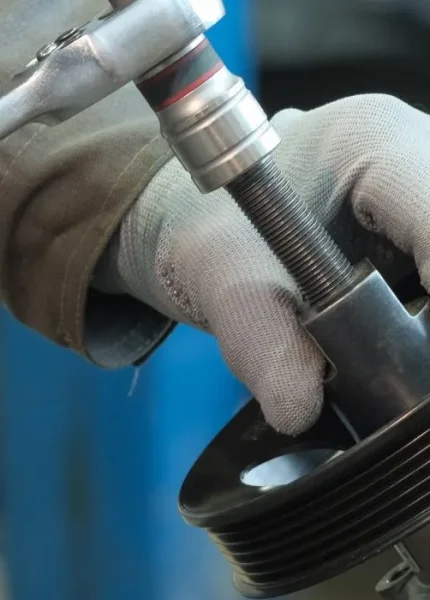
Home . Power Steering Repair . Power Steering Belt Replacement
Power Steering Belt Replacement Prices
All prices are quoted excluding 5% VAT, which will be added at the time of invoicing.
Video
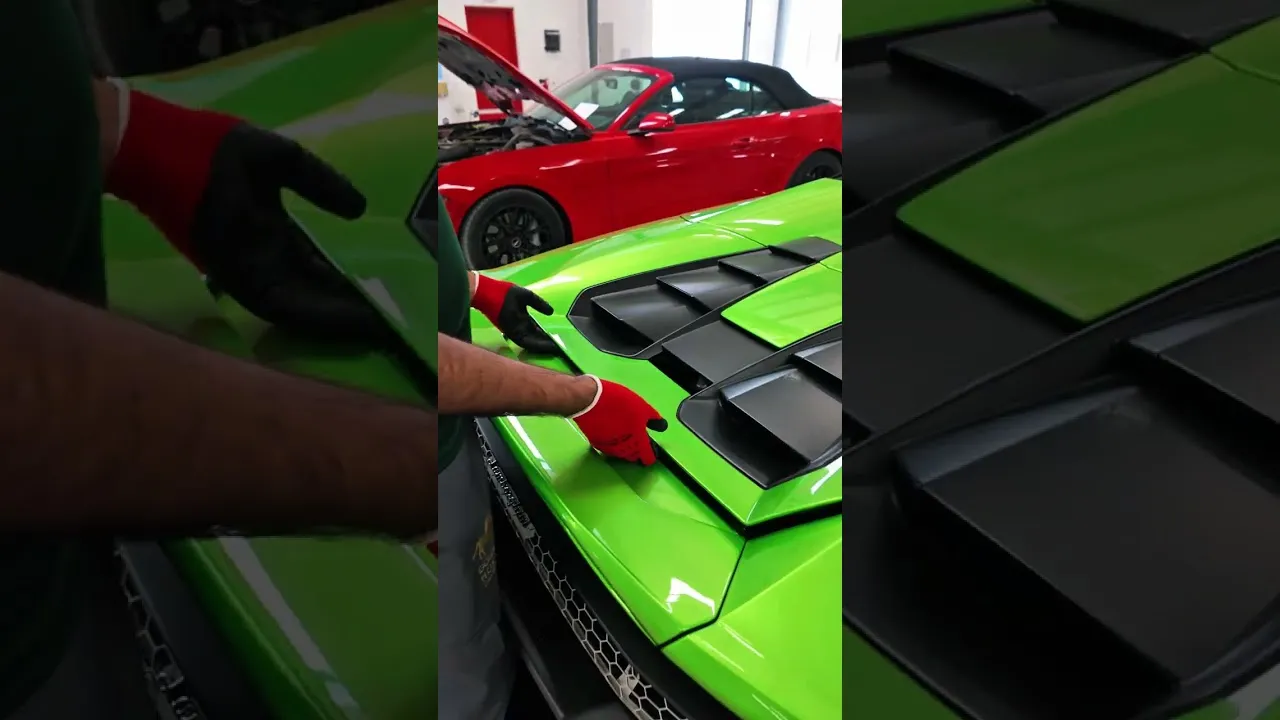
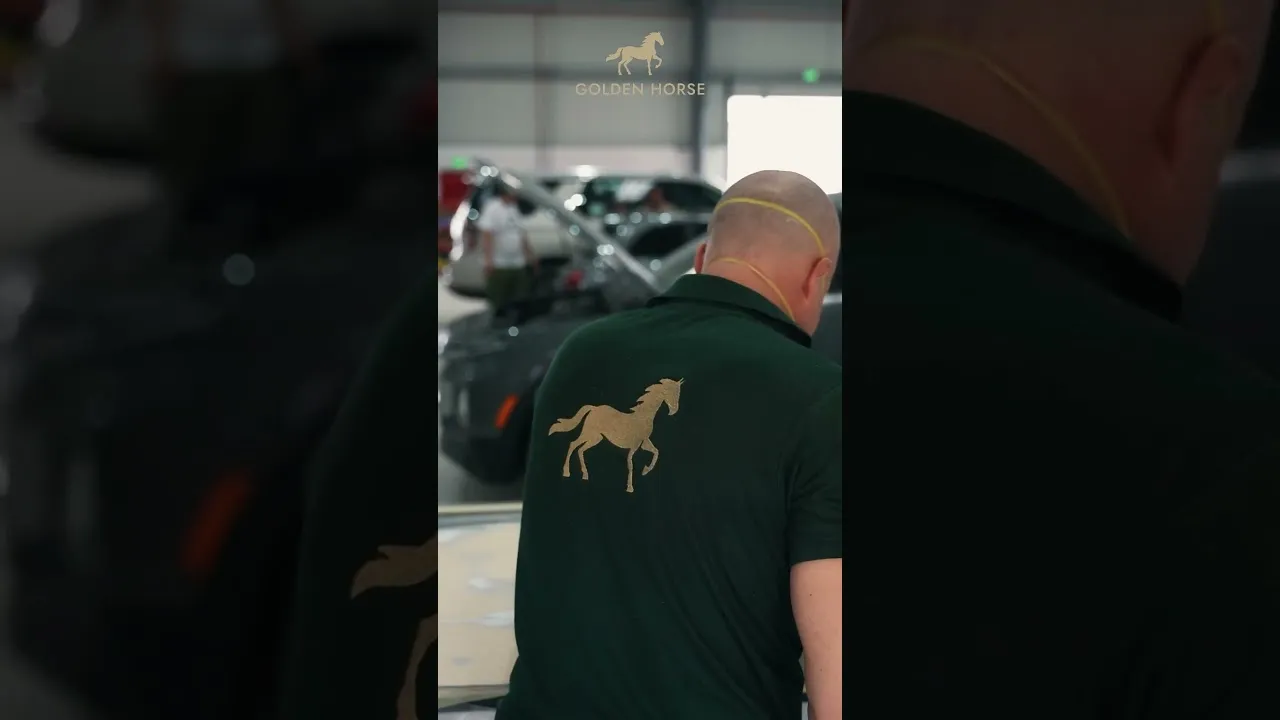

Gallery
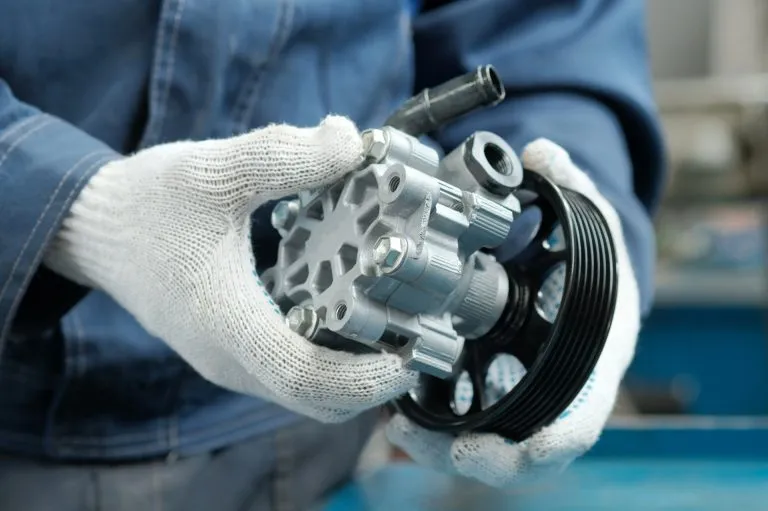
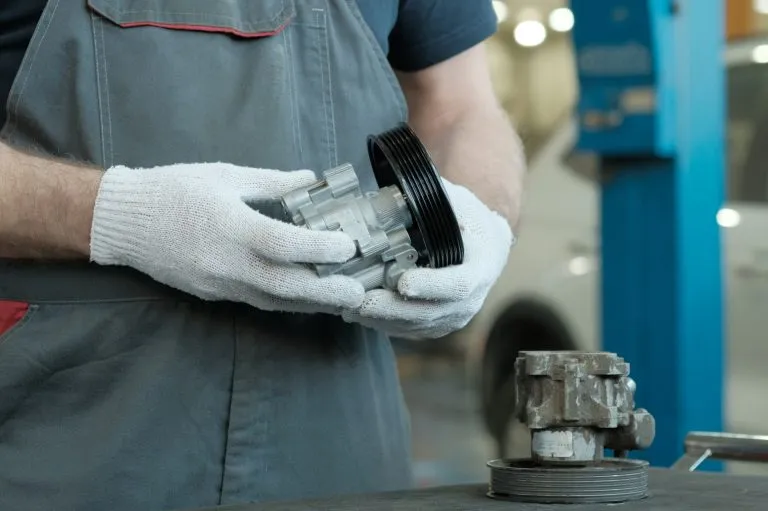
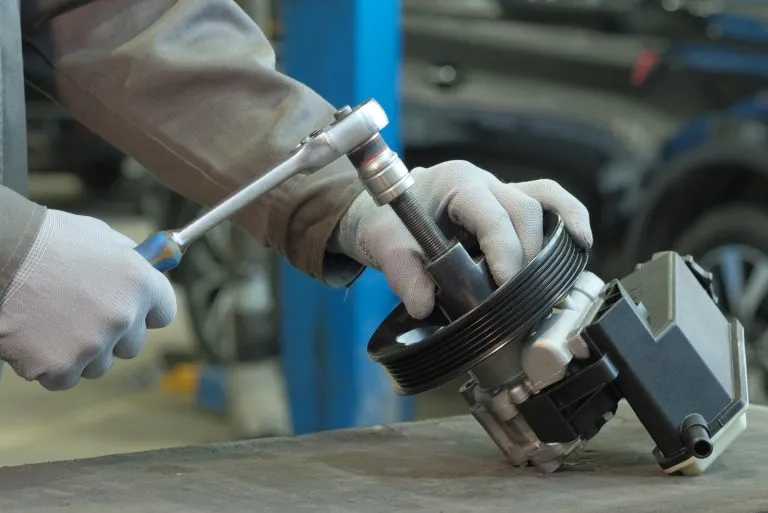
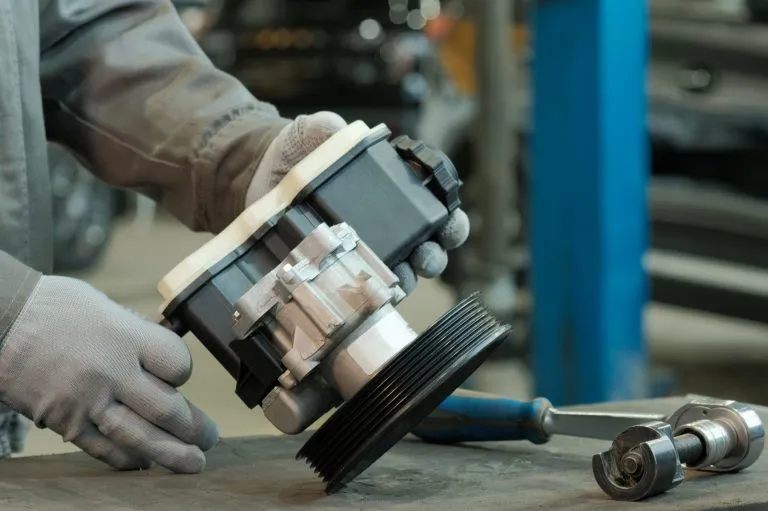

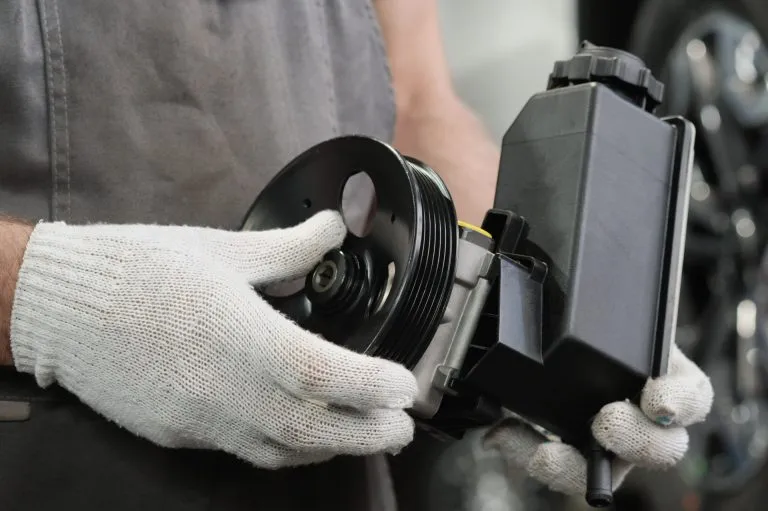
Related Services
Reviews
EXCELLENT





137 reviews

Dzhemal Shamdinov
2025-10-28
Классный большой рускоговорящий сервис
Read full review
Thasin Alam
2025-10-28
Daria Balashova
2025-10-28
Обслуживаюсь в Golden Horse Car Service — очень нравится! Всё делают быстро, аккуратно, всегда вежливые и отзывчивые администраторы. Отдельное спасибо механику Славику, настоящий профессионал! Рекомендую 👍
Read full review
Faizy Fayis
2025-10-27
Good service.
Read full review
Sergei Vasilkovskii
2025-10-25
I've been bringing my car here for the last year and have had a lot of different work done, from routine servicing to more complex repairs.
What I appreciate most is their commitment to quality. I'll be honest, sometimes the work might take a little longer than initially estimated. But I've learned this is actually a good thing. It's not because they're slow; it's because their goal is to make it right, not just make it fast. They are thorough, meticulous, and would rather spend the extra time to double-check their work and ensure the repair is perfect before handing the keys back.
It's rare to find a garage this honest and dedicated. I have complete peace of mind knowing my car is in their hands. Highly recommended!
Read full review
Rider Brend
2025-10-25
Mohammed Azzawi
2025-10-25
they check my car bmw3. excellent service.
Read full review
Dhiraj yadav
2025-10-24
they repaired scratch very good.thanks
Read full review
Valery Black
2025-10-23
Все отлично, сервис хороший, менеджер консультировал от самого начала до конца. Обязательно вернусь, рекомендую!
Read full review
Al Naba Car Towing
2025-10-23
Very good service. Thank you Mr Dastan. I repaired my bmw. Recommend.
Read full review
Karandeep Karan
2025-10-20
Very nice service
Thank you.
Read full review
Mahmood Mashalla
2025-10-20
بصراحة من أفضل الكراجات اللي تعاملت معهم! خدمتهم ممتازة وتعاملهم راقٍ جدًا. سلمت لهم سيارتي جاغوار وكان الشغل احترافي من كل النواحي — دقة في العمل، سرعة في الإنجاز، واهتمام بالتفاصيل. الأسعار مناسبة مقارنة بالجودة العالية.
أنصح الجميع بالتعامل معهم بدون تردد 👌🚗
Read full review
Javed Husain
2025-10-17
Good service.
Read full review
Vaibhav Singh
2025-10-11
Andre Thedr
2025-10-11
Good service, professional staff, and reasonable prices
Read full review
Viktor Zaytsev
2025-10-10
⭐️⭐️⭐️⭐️⭐️
Хочу поблагодарить компанию Golden Horse Car Service за отличную работу!
У меня на Audi A6 2014 после короткого замыкания перестали работать кондиционер, сигнал и подсветка в салоне. В другом сервисе сказали, что нужно менять компрессор кондиционера, но в Golden Horse ребята нашли настоящую причину — сгоревший предохранитель, который питает блок комфорта.
Отдельное спасибо приёмщику Бекзоду за внимательное отношение и отличную коммуникацию, и Алишеру за профессиональную диагностику — настоящий специалист своего дела!
Сервис очень понравился: честно, быстро и по делу. Рекомендую всем, кто ищет настоящих автоэлектриков в Дубае.
Read full review
E Al
2025-10-06
Efficient, well priced and polite. Did a great job fixing my Hyundai Tucson paintwork after neighbour knocked it parking, looks brand new. Have already recommended them to others.
Read full review
Linu Rajan
2025-10-05
derick onyango
2025-10-04
The place is super clean
Read full review
derick onyango
2025-10-03
Team

Nail
Diagnostic Technician

Maxim
Detailing

Pavel
Detailing

Viktor
Auto Body Repair Technician

Sergei
Parts Specialist

Vyacheslav Tikhonov
Auto mechanic

Bekzod Kuchkarov
Service advisor

Aleksandr Rodichev
Technical Director

Maksim Galuev
Administrator
FAQ
Q1. How do I know if my power steering belt is bad?
Signs include squealing noise, heavy steering, and visible cracks or looseness on the belt.
Q2. What happens when your power steering belt goes out?
You may lose power steering assist, making steering much heavier, especially at low speeds.
Q3. Is it possible to drive with a broken power steering belt?
Technically yes, but it is unsafe and may damage the steering pump.
Q4. How often should I change my power steering belt?
Typically every 60,000–100,000 km depending on wear.
Q5. How much does it cost to replace a power steering belt?
Replacement cost typically starts from AED 150 including labor.
Book An Appointment
At the heart of the power steering system is the power steering belt, which transfers power from the engine to the steering pump. This belt is responsible for transmitting torque, allowing the pump to assist with steering effort and ensure smooth maneuverability. Over time, the belt can wear out, crack, or become loose, leading to stiff steering or unusual noises when turning the wheel. Replacing a worn steering belt is an important maintenance task that helps preserve driving comfort and ensures safe vehicle operation.
Top Signs It's Time to Replace Your Power Steering Belt
- Squealing or screeching noise: If you hear a high-pitched squeal when starting the engine or turning the steering wheel, it could mean the belt is loose, glazed, or worn out.
- Heavy or hard steering: A stiff or sluggish steering wheel, especially at low speeds, may indicate the power steering belt is slipping or no longer providing enough power to the power steering pump.
- Visible wear or cracks: Inspect the belt for cracks, fraying edges, glazing, or missing chunks. Any visible damage is a clear sign that replacement is needed.
- Groaning or whining noises while steering: Unusual sounds while turning the wheel could signal the power steering pump is struggling due to poor belt function.
- Warning lights or check engine indicator: In some vehicles, a failing belt may trigger dashboard lights, especially if it also drives other components like the alternator.
- Sudden loss of power steering: In extreme cases, a completely failed or broken belt will lead to immediate loss of power steering assist, making the wheel hard to turn and posing a safety risk.
Don’t ignore these warning signs. Replacing a worn steering belt at the first sign of trouble can prevent more expensive repairs and help keep your car steering smoothly and safely.
Causes of Power Steering Belt Significant Wear and Tear
- Understanding the common causes of belt deterioration can help you take preventive steps and ensure reliable steering performance.
- Heat and friction: Constant exposure to high engine temperatures and friction causes the belt material to harden, crack, or glaze. This is one of the most common reasons for premature belt wear.
- Age and material fatigue: Like any rubber component, an old belt will wear out with age. Even if the belt looks good, it can lose its flexibility and strength over time.
- Improper belt tension: Overly low belt tension will produce belt slippage or squealing and misaligned wear. A too-tight belt will also impose excess stress on pulleys and the power steering pump as well as produce other mechanical issues.
- Overheat: Excessive heat will produce early wear on the belt. The source of heat can be from the engine or due to friction because of incorrect alignment or installation of the belt.
- Fluid contamination: Exposure to oil, coolant, or any fluid leads to slipping, glazing, or wear on the belt. The contaminants degrade the material of the belt, and this causes loss of grip and overall efficiency.
- Low-quality parts: Use of substandard materials can result in belts that aren't durable enough to handle the demands of daily driving and, therefore, will have to be replaced constantly.
- Misalignment of pulleys: If the pulleys that guide the belt are misaligned, uneven tension is applied across the belt’s surface, leading to fraying, edge wear, or belt slippage.
- Frequent short trips: Repeated cold starts and short trips may not give the engine or belt enough time to warm up properly, leading to increased strain on the belt during operation.
Regular inspections and maintenance are key to catching these issues early.
Process of Replacing a Power Steering Belt
At Golden Horse, our professional mechanics specialize in replacing a steering belt with precision and care to ensure your auto steering system performs optimally and reliably.
Initial inspection
Our technician begins with a full inspection of the power steering system. We inspect the drive belt, tensioner pulley, and idler for any wear and tear such as cracking, grinding, or squeaking noises that may indicate a bad power steering belt. We also check your power steering fluid levels to identify any leak or related issues.
Safety preparation
The vehicle is safely raised and secured. The engine is turned off and allowed to cool before any work begins. Battery terminals may be disconnected for safety.
Remove the belt
We locate the belt routing using factory specifications. The tensioner is loosened or released to remove tension from the belt. The old belt is carefully removed, and all pulleys are checked for wear or damage.
Installation of new belt
A high-quality replacement belt matching OEM standards is selected. The new belt is routed correctly around the pulleys according to the manufacturer’s diagram. Proper tension is applied to avoid slippage or excessive wear.
How to Extend the Life of a Power Steering Belt?
- Regular checkup: Routinely inspect the steering belt for signs of wear, cracks, or fraying. Early detection can help prevent unexpected failure.
- Use quality lubricants: This helps protect the belt and surrounding components from premature damage.
- Monitor power steering fluid: Regularly check and maintain the proper level of power steering fluid. Adequate lubrication keeps the system running smoothly and reduces strain on the belt.
- Avoid harsh driving conditions: Try to minimize exposure to extreme temperatures, heavy loads, or aggressive driving. These factors can put extra stress on the belt, reducing its lifespan.
Why Choose Golden Horses Car Services in Dubai For Power Steering Belt Replacement
Golden Horse service provides expert care when your belt needs attention. We offer:
- Expert technicians: Our experienced mechanics are trained to handle power steering systems with precision. They ensure the belt is replaced correctly and your steering performance is fully restored.
- High-quality parts: We use only high-grade belts and components—no low-quality or unreliable third-party materials. Every job comes with a warranty, so you can rest assured your car gets lasting results.
- Thorough system checkup: Before replacing the belt, we inspect the entire system. We follow the correct belt routing for each type of car, ensuring everything functions smoothly after the repair.
- Competitive Pricing: Our services are reasonably priced to provide outstanding value. You get professional belt replacement at a competitive cost, without compromising on quality.
When your power steering belt needs expert attention, trust Golden Horse for a complete, reliable service that ensures safety and smooth performance on Dubai roads.
Book Your Car Repair in Dubai Today
Don’t wait until your car leaves you stranded with a stiff wheel or flashing battery light. Schedule your power steering belt replacement today with Golden Horse. Whether the issue lies under the hood with a worn-away serpentine belt or there's improper tension on the belt affecting your drive, our experienced mechanics are ready to help.
Book your appointment now and let us take care of your car with precision, reliability, and competitive pricing. Call our team or visit our workshop to restore the comfort and performance of your car.
At Golden Horse Car Service, we understand that wellbeing extends beyond just your vehicle’s performance.



